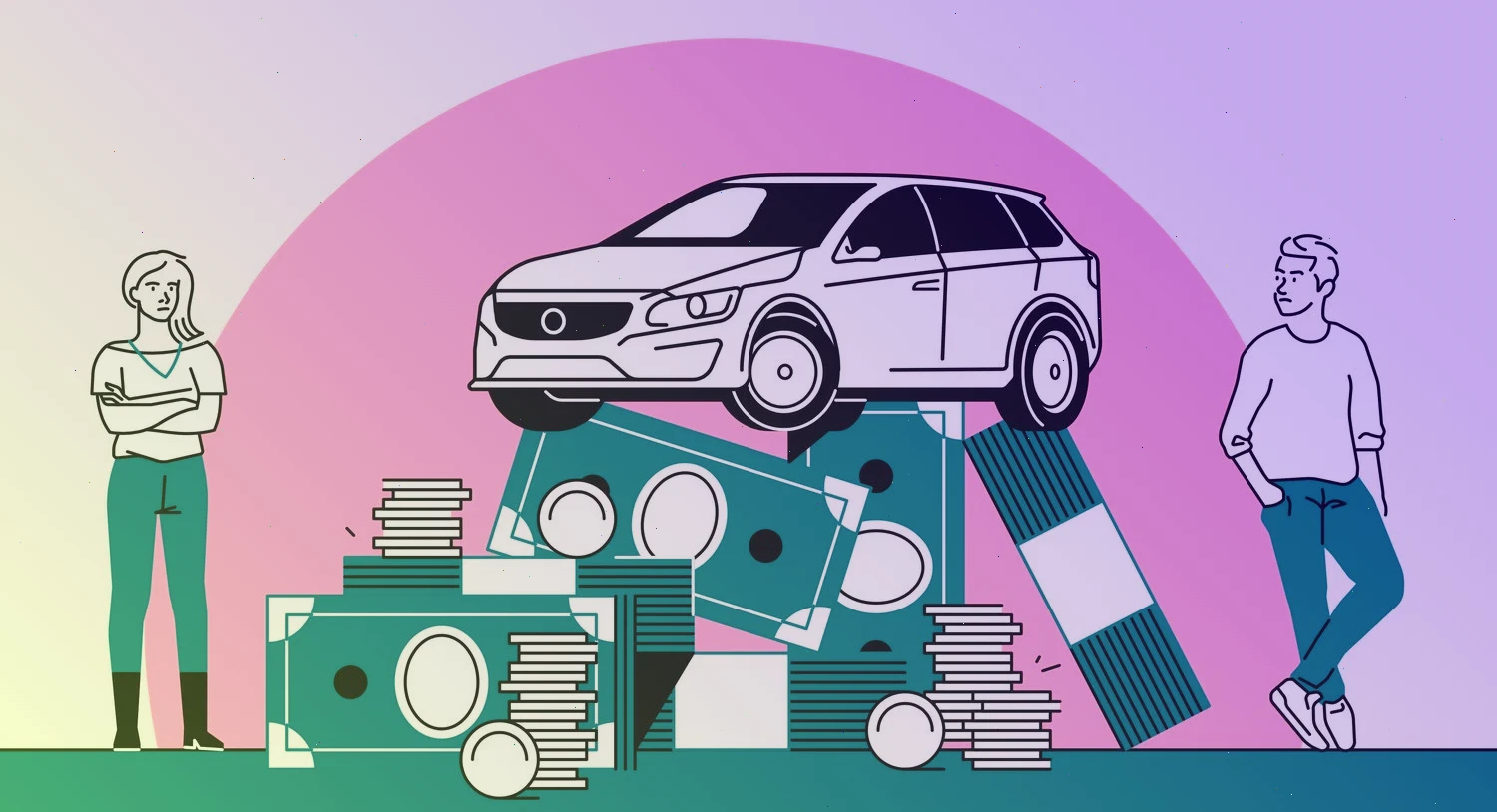Shopping for car insurance? You’re not alone — and you’re probably trying to find the best deal. But comparing quotes isn’t always straightforward. In fact, many drivers unknowingly make critical mistakes that lead to overpaying, getting the wrong coverage, or even leaving themselves uninsured when they need help the most.
In this article, we’ll walk you through the top 10 mistakes people make when comparing car insurance — and how to avoid them to save money and stress in 2025.
1. Only Looking at Price
The cheapest policy isn’t always the best. Lower premiums often mean lower coverage limits, higher deductibles, or fewer benefits. Always compare value, not just price.
2. Not Matching Coverage Levels
Make sure you’re comparing quotes with the same coverage: liability limits, deductibles, and optional protections. Otherwise, it’s like comparing apples to oranges.
3. Ignoring the Fine Print
Exclusions, limitations, or hidden fees can turn a great quote into a bad deal. Always read the policy details or ask for a summary of coverage before you buy.
4. Forgetting to Apply Available Discounts
Many insurers offer discounts for bundling, good driving, low mileage, or student status. Failing to claim them means you’re likely overpaying.
5. Not Checking the Company’s Reputation
What good is a cheap policy if the insurer disappears when you file a claim? Check reviews, claim satisfaction scores, and financial stability on platforms like J.D. Power or AM Best.
6. Overestimating or Underestimating Mileage
Your annual mileage affects your premium. Being inaccurate can result in a higher rate — or even policy cancellation if discovered later.
7. Not Reviewing Deductible Options
A lower deductible usually means a higher premium. Conversely, a high deductible can save you money — if you can afford to pay it out of pocket after an accident.
8. Skipping Usage-Based or Telematics Programs
Many insurers offer big discounts for safe drivers willing to share driving data. If you’re confident in your habits, this is an easy way to save 10–30%.
9. Assuming Loyalty Equals Best Rate
Your current insurer might not be giving you the best deal anymore. Rates change, and so do discounts. Shopping around annually can reveal better offers.
10. Not Comparing Enough Providers
Don’t stop at one or two quotes. Use comparison platforms to check 5–10 insurers side-by-side. It only takes a few minutes and can save you hundreds per year.
Common Car Insurance Comparison Mistakes and How to Avoid Them
| Mistake | Consequence | How to Avoid |
|---|---|---|
| Focusing only on price | Underinsured or poor service | Compare coverage, not just cost |
| Not matching coverage levels | Misleading quote comparison | Ensure same limits and deductibles across quotes |
| Skipping fine print | Unexpected exclusions or fees | Review policy summary or ask for clarification |
| Missing available discounts | Paying more than needed | Ask about bundling, low mileage, or student discounts |
| Ignoring company reputation | Poor claims experience | Check ratings on J.D. Power, BBB, AM Best |
| Guessing your mileage | Incorrect rates or policy issues | Use actual driving history or tracking apps |
| Choosing the wrong deductible | High out-of-pocket costs after a claim | Balance premium savings with affordability |
| Ignoring usage-based insurance | Missing out on major discounts | Try telematics if you’re a safe, low-mileage driver |
| Sticking with the same insurer | Missing better rates elsewhere | Shop around at least once a year |
| Comparing too few providers | Overpaying without knowing it | Use comparison tools to see multiple quotes at once |
Final Thoughts
Comparing car insurance is one of the smartest financial moves you can make — but only if you do it right. Avoid these common mistakes, and you’ll be better protected, better informed, and maybe even better off financially.
Remember: the best insurance policy isn’t the cheapest — it’s the one that gives you the right balance of coverage, cost, and peace of mind.
